4 Profile Changes that Will Transform Your LinkedIn Presence
Moment of truth: my LinkedIn profile sat largely untouched for years. Yes, years.
It wasn’t until I left the agency world that I started to truly pay attention to how important it was for me as a professional and how impactful it can be for businesses.
After spending time learning more about LinkedIn, using it for myself and working with clients to develop their presence, I’ve realized there are a few mistakes that many people make. Mistakes that, for the most part, are easy to fix (I know because I made and fixed some of these issues with my own profile).
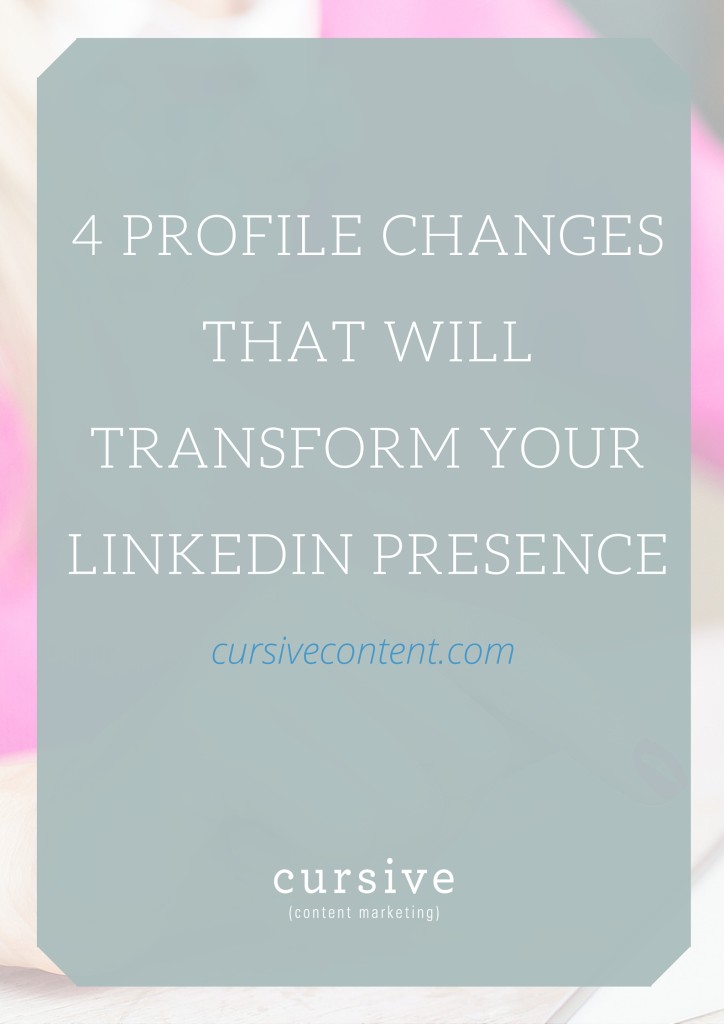
If you want to reap the benefits of LinkedIn, you might need to:
Change your photo
LinkedIn is a professional social network, and your photo makes a first impression. Using a cropped version of that group photo from last weekend’s party? Not so professional. Same goes for selfies—go ahead and make that your personal Facebook profile image, but leave it off of LinkedIn.
Don’t have professional headshot? It is time to get one taken, my friend. When you look through your list of connections on LinkedIn, it’s obvious who has a pro photo and who grabbed a shot from their iPhone. And yes, phone cameras these days are pretty incredible. But there is still no comparison.
A professional photo makes you appear professional. A snapshot photo…unprofessional, and that is not the vibe you want to give on a social networking site that is full of potential clients and business contacts.
That’s not to say you can’t have fun with it. Check out the profiles of two entrepreneurial women I adore, Rachael Lamphier and Cursive’s leading lady, Emily Cretella. Both have LinkedIn photos that are completely professional yet still showcase their awesome personalities.
Evaluate your title
Your LinkedIn job title should be something close to what you would put on a business card. Leave the buzzwords out. You might think it sounds fancier to say you’re a “visionary” or a “guru” of some sort, but no one knows what that actually means (and, be honest— do you?).
Say what you really are, and say it in a way that is easily understood. It will be easier to take you seriously this way, but also it will be easier to evaluate if what you do aligns with what the person you are trying to connect with does—and that is a very important piece of making connections on LinkedIn.
Update your profile
You remember to update your LinkedIn profile when you change jobs, but how about when you learn a new skill, or start volunteering with a new organization? When you change your profile, your network gets an update, which can serve as a subtle little reminder to everyone that you’re out there. You never know who might be interested in your new skills and experiences, so create a reminder for yourself to do a periodic review of your profile.
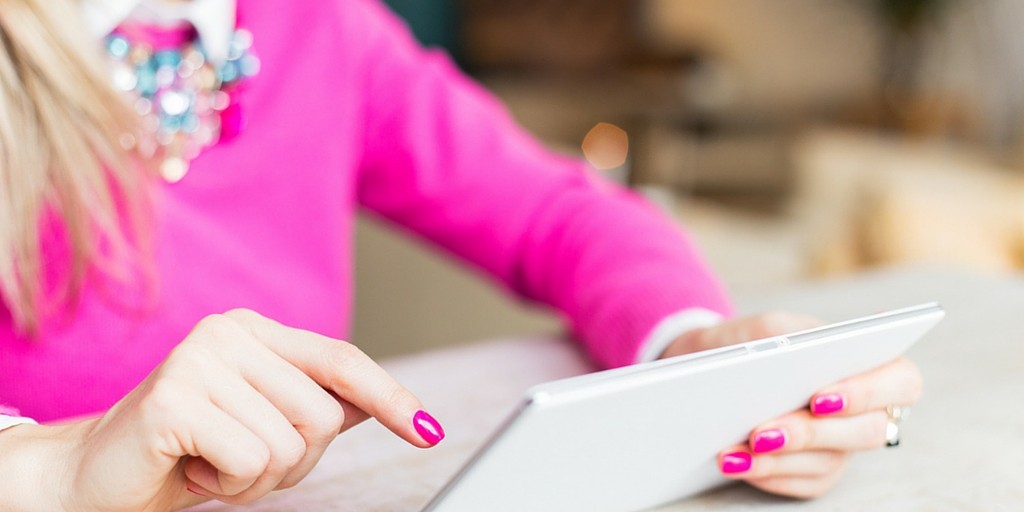
Interact
The level of commitment to LinkedIn is something that should be covered in your content marketing or social media strategy, but if you hope to gain clients or build serious connections through LinkedIn, your participation is required.
Getting involved can be as simple as sharing an article or as intensive as publishing regularly on the platform. When you use it right, the entire network gives you a platform to share your expertise and build a wide-reaching network, but you need to go beyond just setting up that profile and forgetting about it.
When you write or share content on LinkedIn, you take give your connections further insight into your professional perspective and it becomes another way for them to get to know you…and hopefully, drives them to want to connect with you offline, too.
The impression someone has of you matters—a lot. Your LinkedIn profile might be a first impression. It might be a re-introduction with a former colleague. It might be how your next big client finds you. Regardless of who your next connection is, make sure you are putting your best foot forward.
For more LinkedIn tips, check out 7 Ways to Get the Most From LinkedIn Groups.
MORE ARTICLES
-
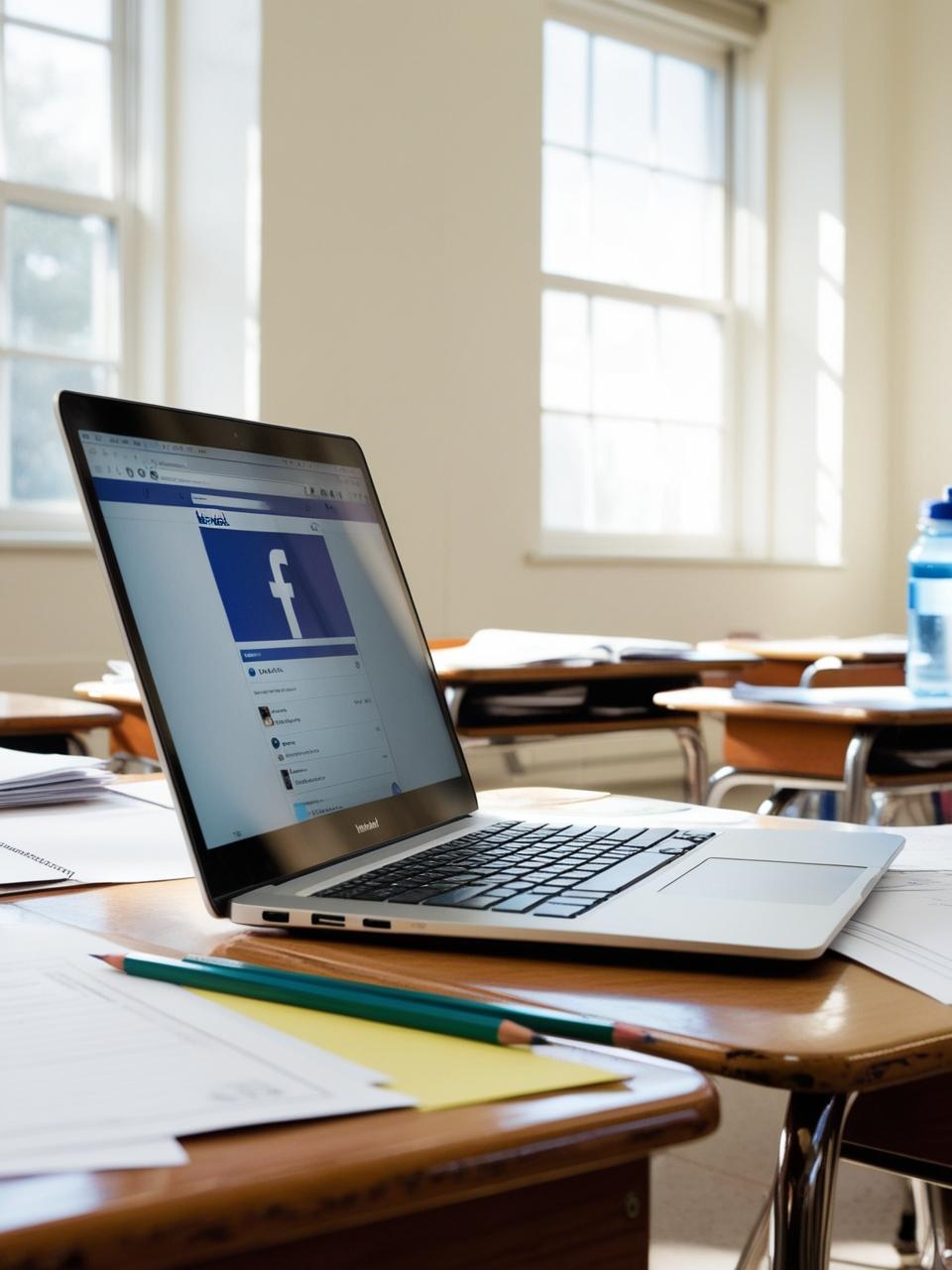 How to Support Your School Story with Organic, Authentic Social Media
How to Support Your School Story with Organic, Authentic Social Media -
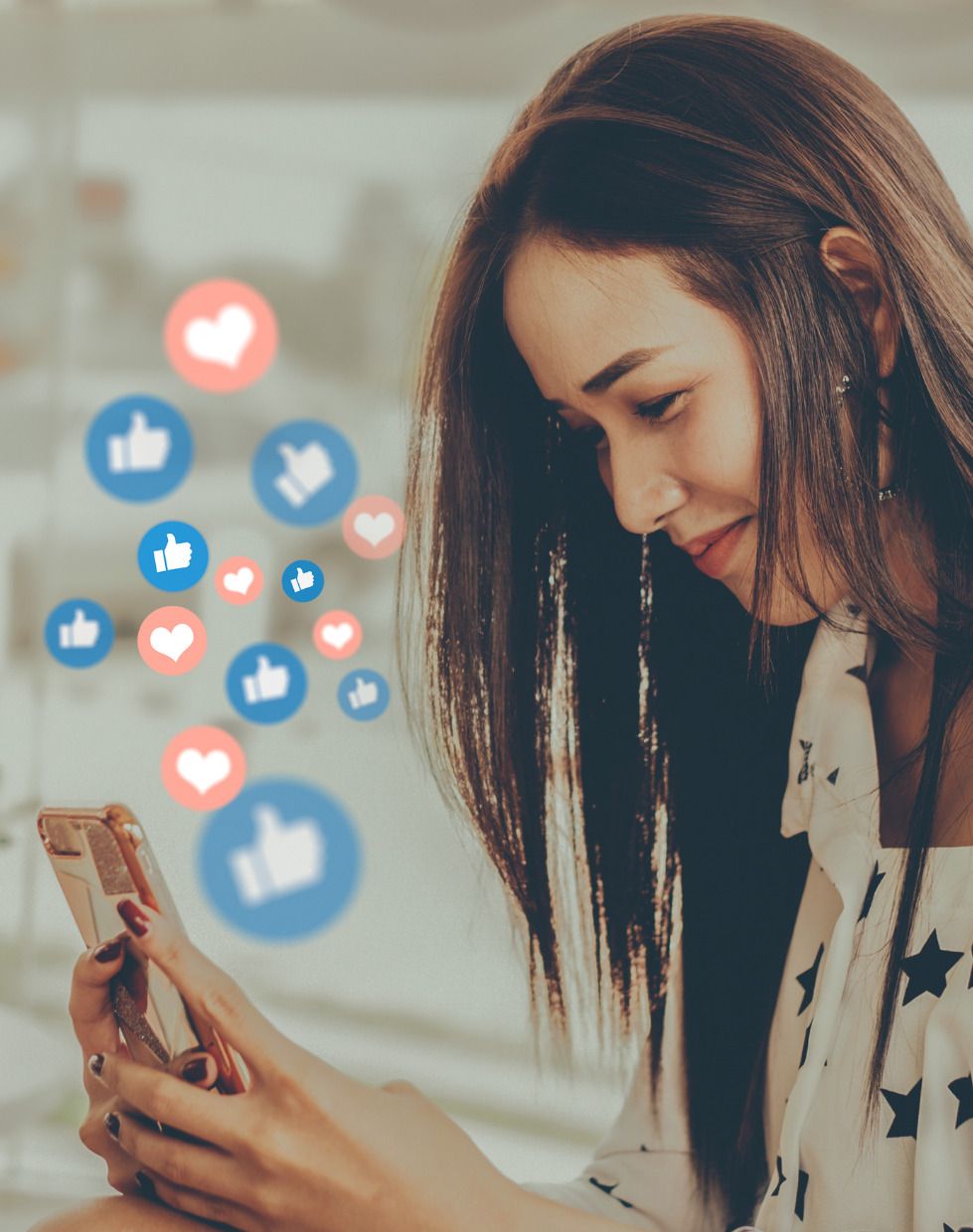 How to Attract Dream Families with Unforgettable Private School Social Media Advertising
How to Attract Dream Families with Unforgettable Private School Social Media Advertising -
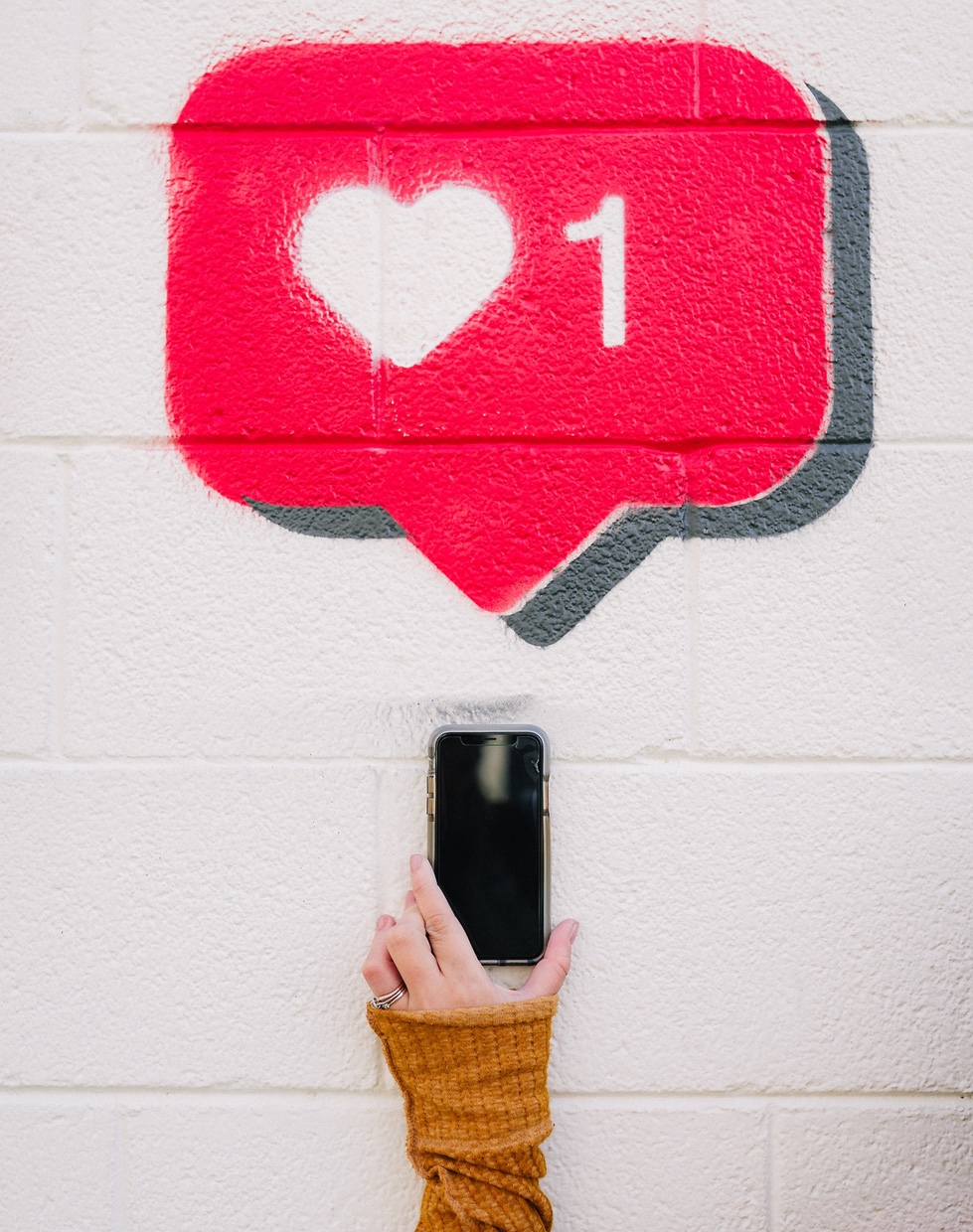 The Case for School Content Marketing
The Case for School Content Marketing -
 Social Proof: What Is It, and How Can School Marketers Use It?
Social Proof: What Is It, and How Can School Marketers Use It? -
 Conversion Copywriting for Schools: An Introduction
Conversion Copywriting for Schools: An Introduction -
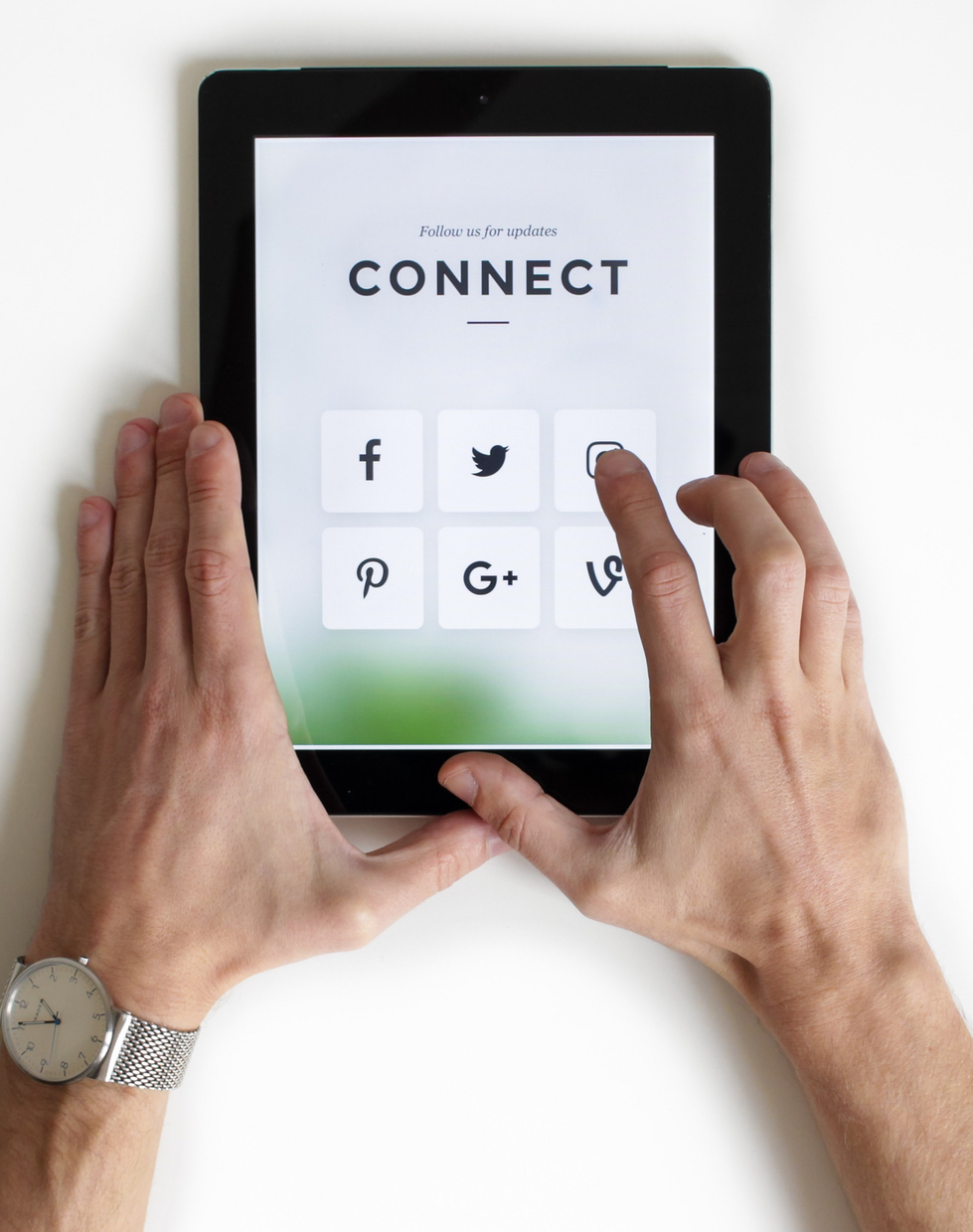 10 Questions to Help Conquer School Marketing FOMO
10 Questions to Help Conquer School Marketing FOMO -
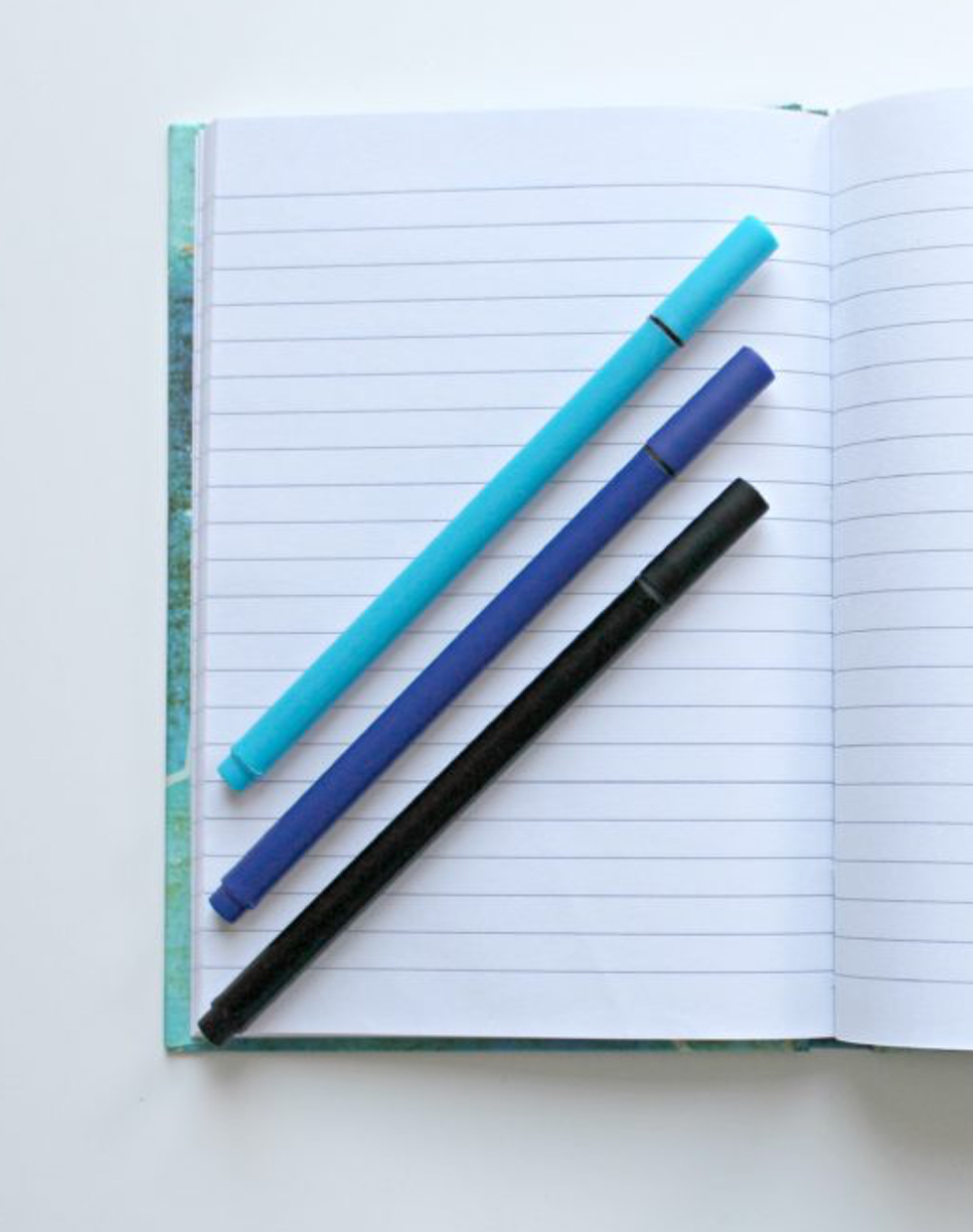 You Wrote a School Blog Post— Now What?
You Wrote a School Blog Post— Now What? - 2 NEW Ways to Inspire School Blog Content in 2017